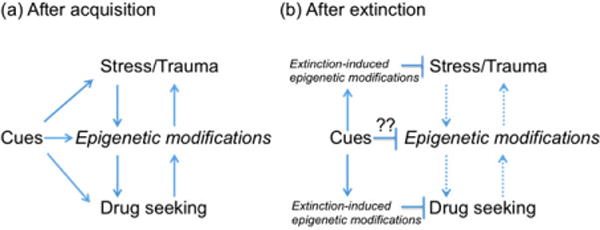Figure 1. Potential interactions between epigenetic mechanisms and cues associated with stress and drug-seeking behavior.

(a) Both stress and drug intake lead to epigenetic changes that result in persistent behaviors. These changes create a vicious cycle, in which deleterious effects may occur either directly through these epigenetic changes or through exposure to cues associated with stress or drug- seeking. An issue of continuing research is to understand the relation between epigenetic marks induced by early life experiences, stress, and drug seeking. (b) After extinction, new epigenetic modifications occur that inhibit conditioned fear responses and drug seeking. This inhibitory process can be strengthened by drugs that target epigenetic mechanisms, such as histone deacetylation or DNA methylation. A major unresolved question is whether extinction can reverse or at least inhibit the actions of the persistent marks induced by stress or drug -seeking and how those marks may continue to cause relapse even after successful extinction treatment.
